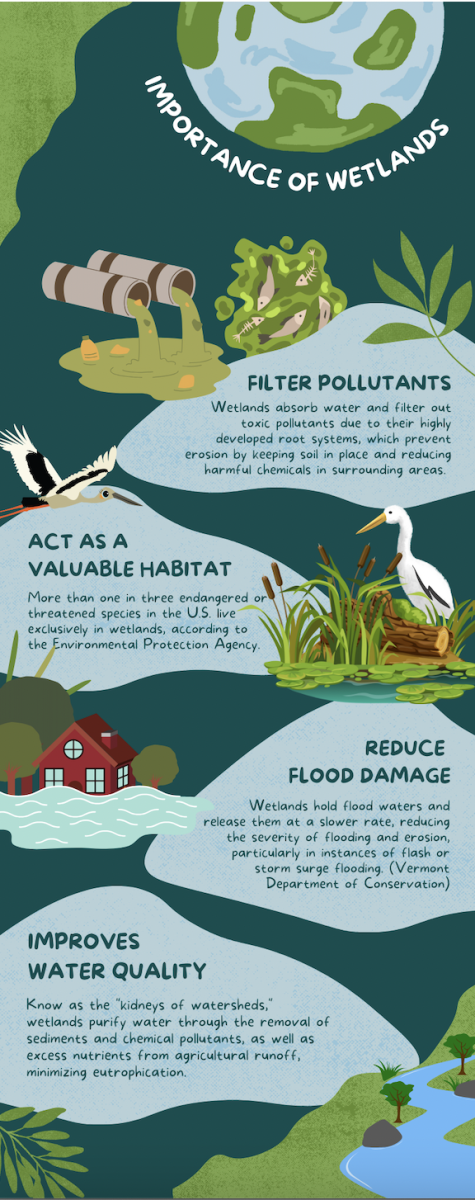Urban development causes environmental concerns within community
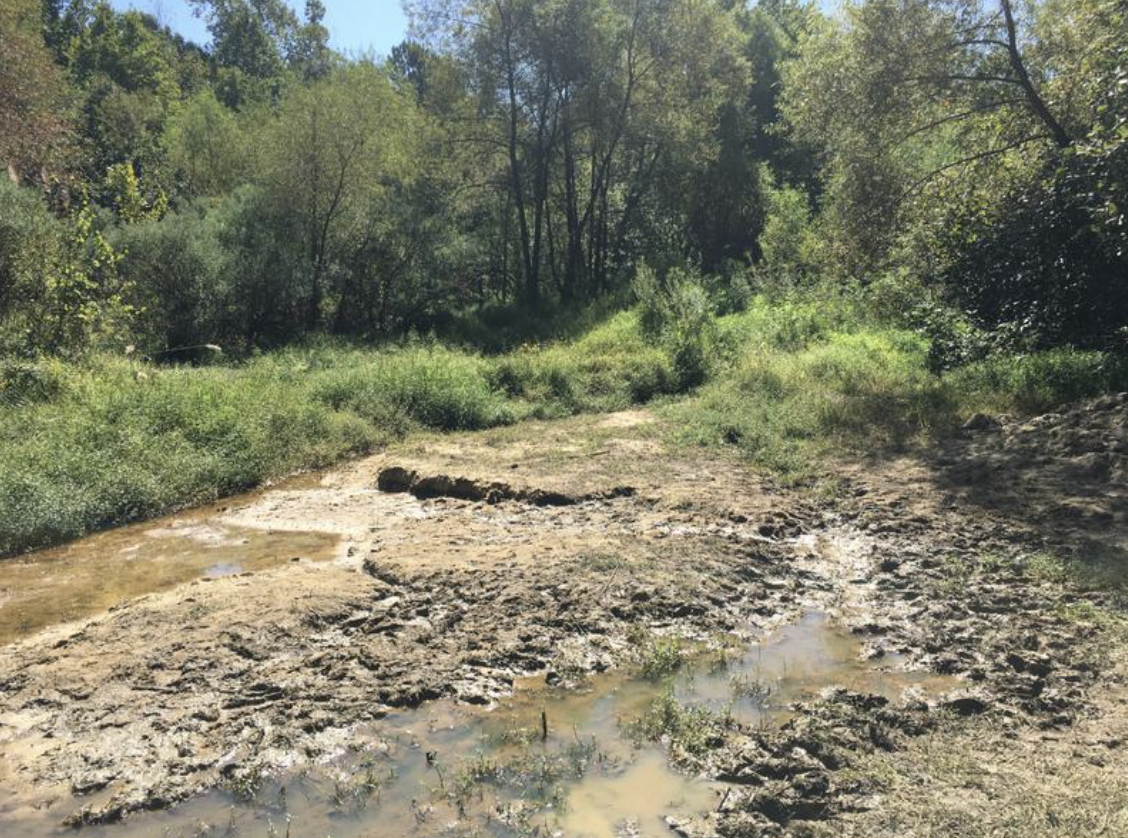
In 2016, Green Hope junior Ipsi Vasipalli (‘25) moved to North Carolina – one of the 322,000 people who did so that year, marking the beginning of an explosion in the popularity of the Research Triangle Park, a metropolitan area famed for its proximity to numerous corporations and well-known colleges. The state’s population continues to proliferate today, currently at around 10.9 million people, a steep increase from previous years.
“In the last seven years, the amount of people moving to Cary, NC has been crazy. Even though [the pandemic] did slow down this growth, the Triangle has shown no signs of stopping,” said Vasipalli, noting that the new development brought about the growth of new schools, community centers, and other businesses. “You can definitely see this increase with how many new schools and neighborhoods are being developed nowadays, like the one right in between Green Hope and West Regional Library.”
As population numbers continue to increase, some are concerned regarding the potential implications of such rapid growth.
“As great as it is to see so many people moving to the Triangle who all have a lot to contribute to our industries there seems to be problems arising with [the] housing,” said Vasipalli.
Vasipalli refers to runoff of stormwater over construction sites, which can pick up sediment and debris and empty them into reservoirs or other bodies of water, causing detriment to local ecosystems.
Many have pointed to the importance of sustainable options in transportation, shopping and eating that could help mitigate environmental degradation. “With growing populations, there will also be increased air pollution, as most people in Cary own cars,” she said. “We do have a public transport system, GoCary, but it is largely unused. GoCary is also not very accessible in some areas.”
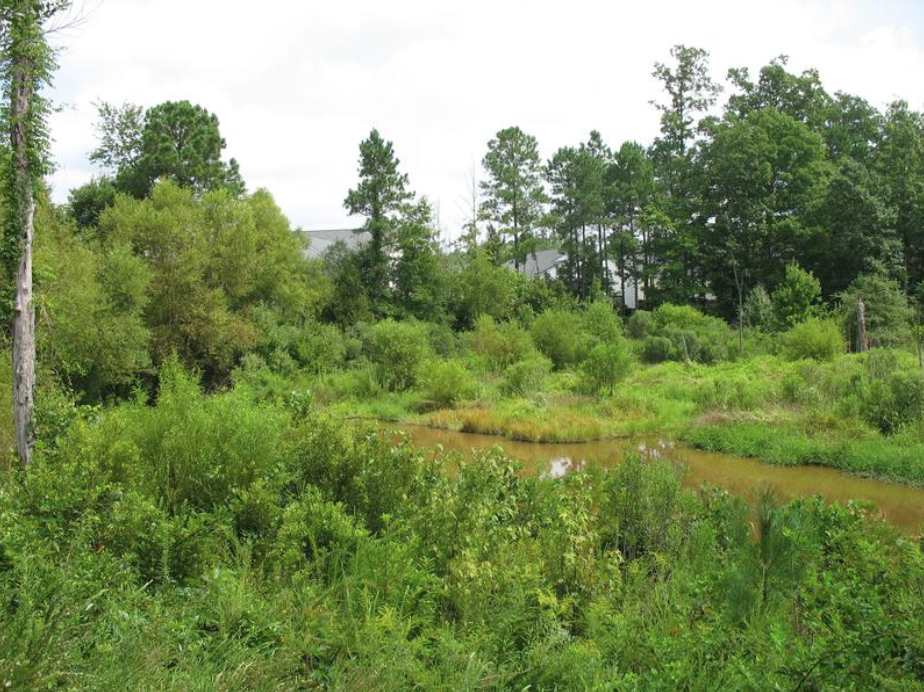
Green Hope AP Environmental Science teacher Mrs. Barbara Magee also shared her insight into the ramifications of urban development on local ecosystems. “Anytime they’re clearing land, to build houses and build shopping centers, they’re removing the natural vegetation, which changes the amount of rainwater that can infiltrate into the ground, it affects the amount that rebuilds our groundwater,” she said. “It also increases the amount of runoff that goes into our rivers, lakes and streams, [changing] that part of the hydrologic cycle.”
She explained that as more infrastructure is built in an area, more unwanted pollution is introduced from runoff pollution – and the blame isn’t solely on corporations. Mrs. Magee also added that individual contributions to the environment can have a “ripple” effect, causing unintended consequences.
“Moving urbanization into an area, building more homes and as you increase the amount of contaminants that are possible to be blown in as part of runoff into our rivers, lakes and streams, people washing cars in their driveways, vehicles having a oil change, or changing their oil at home or working on their lawn mowers,” she said. “All of that then becomes contaminants on the surface.”
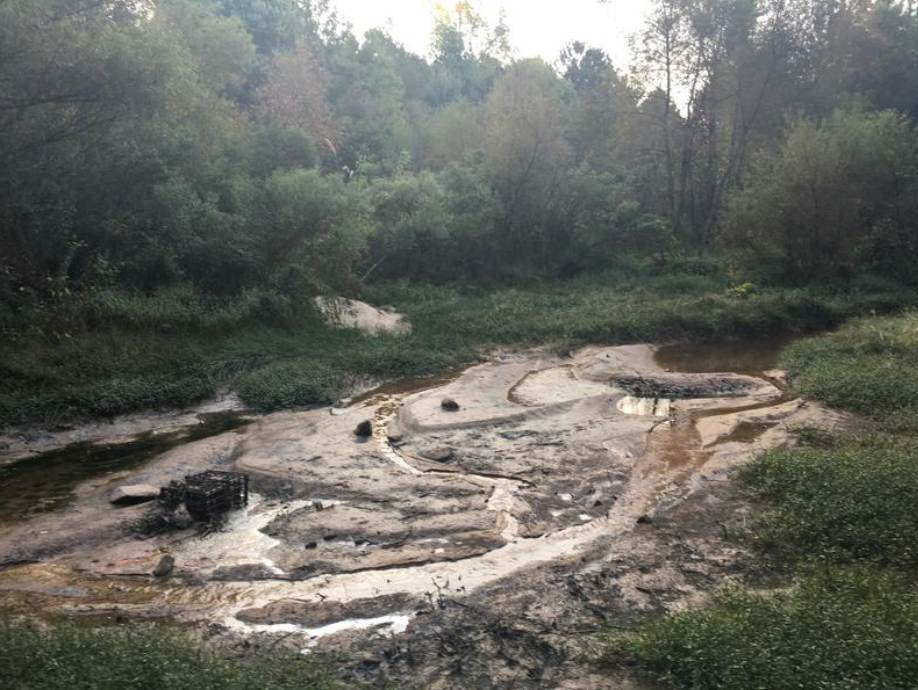
Already, Mrs. Magee says, she has observed the multitude of environmental shifts that local townhouse expansion has generated.
“We’ve seen a huge change from just the townhomes that are being built or that have been built by the traffic circle. The sediment that came from that crack [in] that construction project is why our wetland right now has very poor water,” she said. “[The] sediment that came from that project is what our wetland used to be, a waste high vitamin water flourishing ecosystem. [Now] it’s not even above the bottom of your feet.”
Development of shopping malls and sports facilities also contribute to the issue. “They have to build every construction project to have prevention methods to prevent sediment from going into rivers, lakes and streams nearby,” said Mrs. Magee.
Despite their intentions, these preventative methods don’t always achieve their intended goal. “They had a tremendous influx of sand into that [area] that runs between Green Hope and Cary Tennis [Park],” she said. “And we’ve been dredging that sand for years, trying to salvage what we have of our wetland.”
For Vasipalli, and many others, however, the Triangle area also provides access to educational and career opportunities they would have difficulty finding elsewhere — making it unlikely that future growth will slow down. “My family initially moved to the area so my sister and I could have access to better education and many other families do the same. We are also close to three very reputable universities and impressive industries, so the opportunities here are abundant,” she said, referring to local universities such as North Carolina State University, University of North Carolina-Chapel Hill and Duke University.
“I do not think Cary will stop growing anytime in the near future and neither will land development. Unfortunately, this will likely have detrimental consequences for our environment, which may be impossible to reverse,” Vasipalli said.
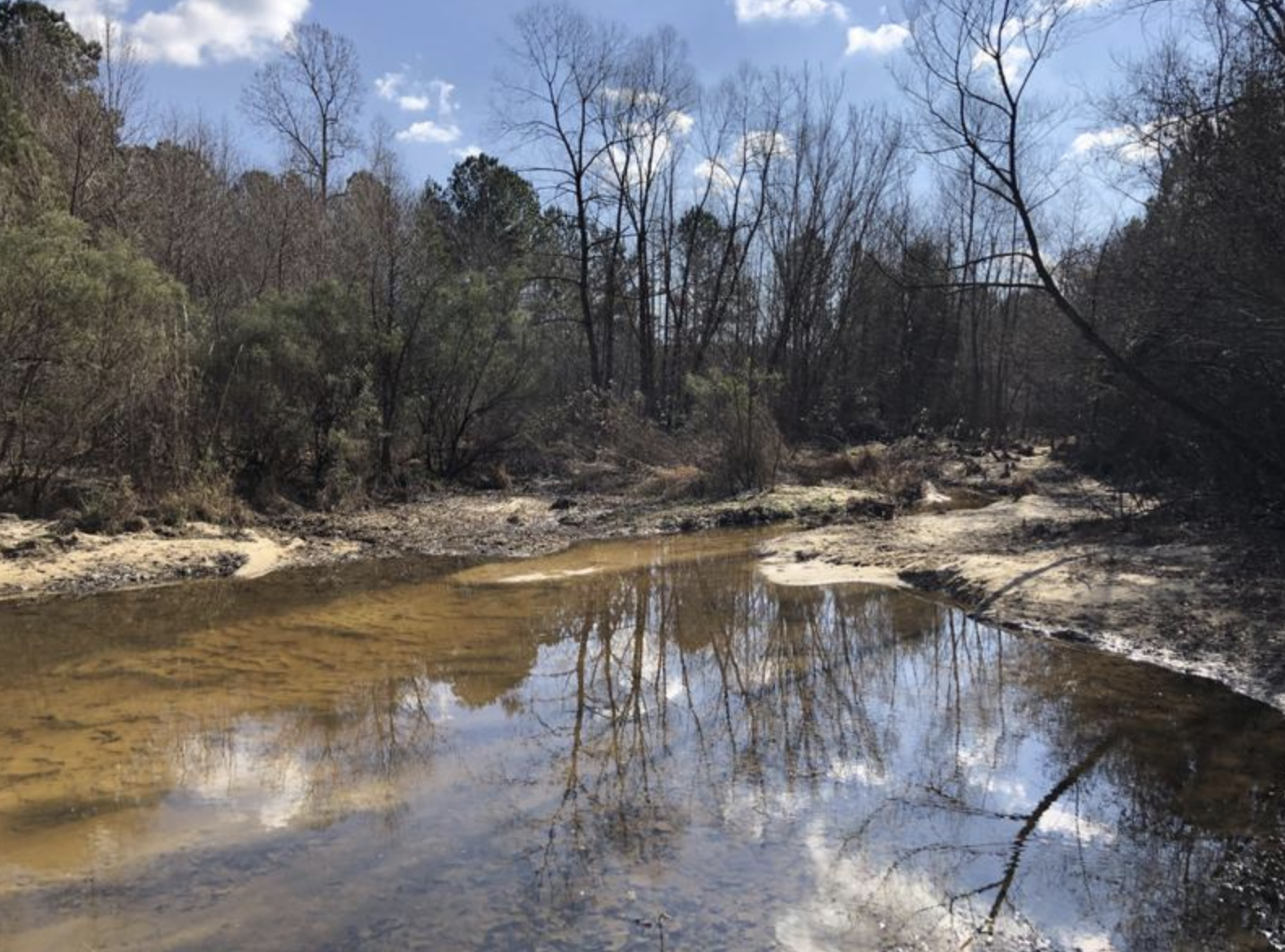
As development continues to expand, many in the community continue to voice their worries regarding future environmental effects.
The staff of the GHFalcon would love a donation to help the journalism program at Green Hope continue to flourish. Many of our donations go to towards improving the materials that we deliver to you in electronic format. Thank you so much to those that are able to donate.


